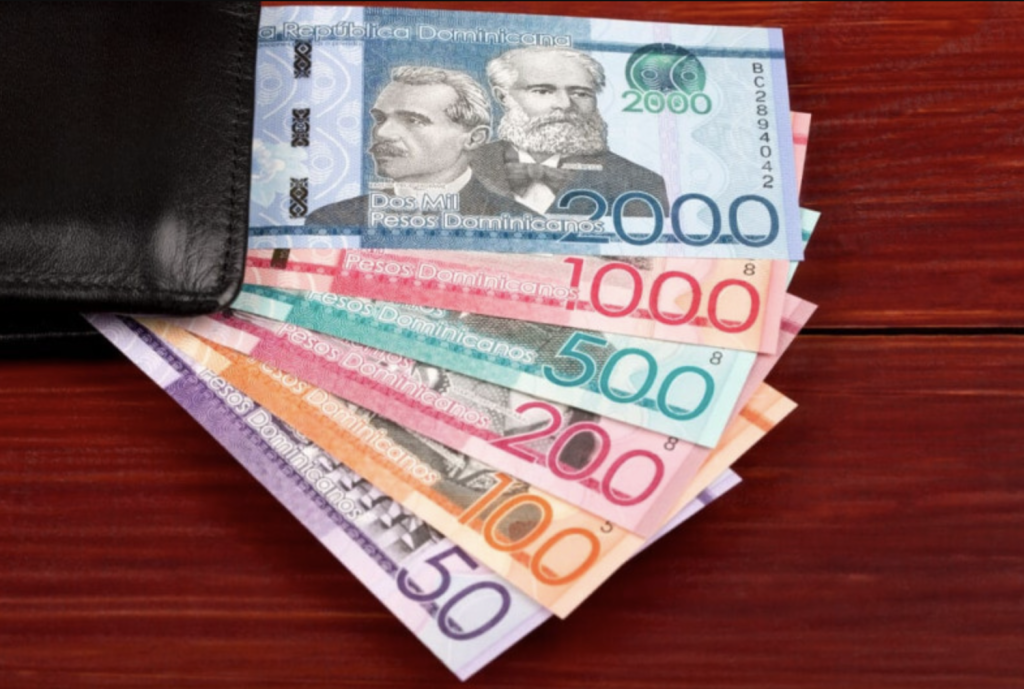
Growth forecasts for 2025, initially pegged at a robust 4-5%, have been significantly downgraded. The Ministry of Economy and Central Bank reports for May 2025, are tempered outlooks for the nation’s economic performance in the current year.
This development comes as a key point of discussion among financial analysts and policymakers, who are now scrutinizing the factors contributing to this altered projection. The initial optimism, which suggested a dynamic expansion, appears to be giving way to a more cautious assessment. Further details on the revised growth expectations and the underlying reasons are anticipated to shed more light on the Dominican Republic’s economic trajectory for 2025.
While the Dominican Republic has historically been one of the fastest-growing economies in Latin America and the Caribbean, outpacing the regional average with a 5% average GDP growth in the past decade, recent data indicates a moderation in this pace.
The Central Bank highlights the resilience of the Dominican economy.
Preliminary data from the Monthly Economic Activity Indicator (IMAE) for May 2025 show a year-on-year expansion of 3.1%, a notable increase compared to the 1.7% growth recorded in April.
This improved performance was largely driven by stronger activity in the mining, agriculture, local manufacturing, and construction sectors.
Tourism and remittances (up 11% this 2025) also continue strong, yet tighter global financial conditions and lingering external demand weaknesses have played a role. Domestically, the government’s efforts to combat inflation, which stabilized at an annual rate of 3.18% in 2024, also have required careful monetary policy management.
The latest Macroeconomic Situation Report, released by the Dominican Republic’s Ministry of Economy, Planning, and Development (MEPyD), signals growing financial pressure across the country’s banking sector. The report, covering data through May 2025, highlights a troubling rise in payment delays, an increase in non-performing loans, and a general tightening of credit conditions by banks.
A key concern in the report is the rising loan delinquency rate, which hit 1.79% in May—up from 1.36% in the same month last year. In practical terms, this means nearly two out of every 100 pesos lent are not being repaid on time.
More striking is the 44.5% annual increase in the volume of overdue loans, far outpacing the 9.75% growth in total lending. This imbalance suggests that late payments are not only more frequent but also becoming a heavier burden on financial institutions.
In response to these warning signs, banks have become more cautious, tightening their credit approval processes. At the same time, interest rates have continued to rise. Between December and April, average bank lending rates hovered around 14.88%–14.89%, but in May, the rate jumped to 15.10%.
Commercial loan rates increased from 13.94% to 14.35%, while personal consumer loans saw a steeper climb—from 19.21% to 20.18%.
Interestingly, this financial tightening comes despite efforts by the Central Bank to stimulate the economy. Over the past year, it has slashed the benchmark policy rate from 8.5% to 5.75%, aiming to make credit more accessible and support economic growth. However, the intended effect has not materialized—lending continues to slow, and borrowing costs have risen instead of falling.
The report also underscores that broader factors, including climate-related risks, continue to challenge the country’s economic stability and complicate the implementation of effective monetary policy.
Read more in Spanish:
Central Bank
Central Bank
Ministry of Economy
Ministry of Economy
El Caribe
30 June 2025

